Time: 2025-06-11 15:02:52 Source: Henan Province Jianyun Cable Co., Ltd.
Environmental conditions significantly influence the durability and performance of cables used in various applications. Factors such as temperature, moisture, ultraviolet (UV) radiation, chemical exposure, and mechanical stress can accelerate cable degradation, leading to reduced lifespan and potential system failures. This article examines these environmental factors and provides strategies to mitigate their impact, ensuring reliable cable performance.
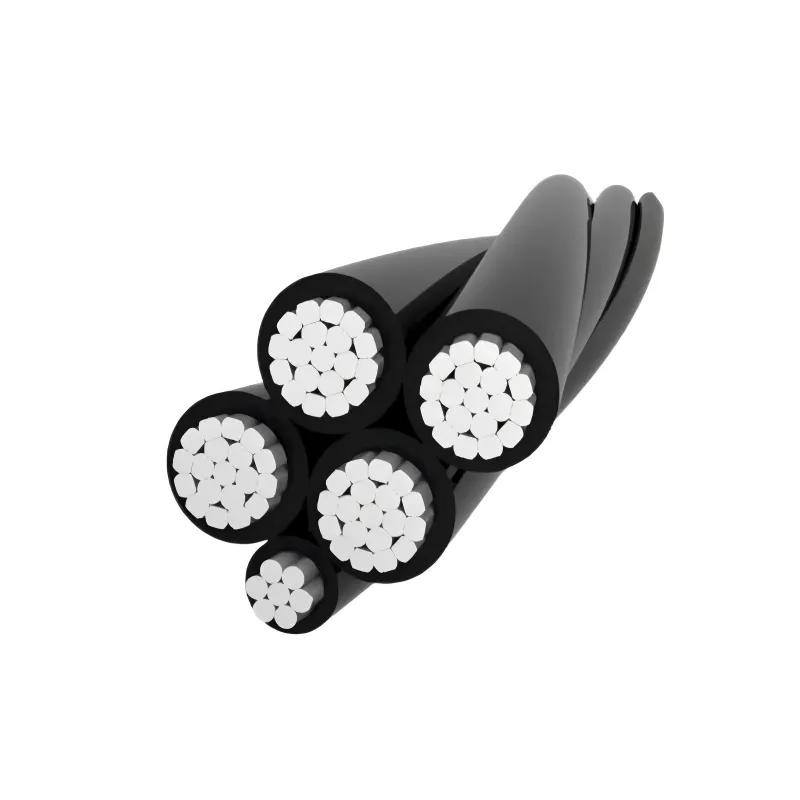
Elevated temperatures accelerate the aging of cable insulation, potentially halving its lifespan for every 8-10°C increase, according to established models like the Arrhenius equation. Proper ventilation and appropriate cable sizing are essential to manage heat and extend service life.
Moisture can corrode conductors and degrade insulation, increasing the risk of short circuits and signal loss. Using water-resistant materials and ensuring proper sealing during installation can significantly reduce these risks, particularly in humid or flood-prone environments.
Exposure to UV radiation, especially from sunlight, can cause cable sheaths to become brittle and crack. Employing UV-resistant materials or protective coverings is critical for cables used in outdoor settings to maintain their integrity over time.
Chemicals such as oils and solvents can degrade cable materials, particularly in industrial environments. Selecting cables with chemical-resistant sheaths and conducting regular inspections can help mitigate the effects of chemical exposure.
Mechanical stresses, including bending and abrasion, can lead to conductor or shield fractures, especially in dynamic applications. Choosing flexible cable designs and adhering to proper installation practices can minimize these risks.
| Environmental Factor | Effect on Cable Lifespan | Mitigation Strategies |
|---|---|---|
| Temperature | Accelerates insulation aging, halves life per 8-10°C increase | Proper ventilation, cooling systems, correct sizing |
| Moisture | Causes corrosion, degrades insulation, triggers water trees | Water-blocking sheaths, proper sealing, moisture-resistant materials |
| UV Radiation | Degrades outer sheath, causes brittleness, signal loss | UV-resistant materials, shielding from sunlight |
| Chemical Exposure | Breaks down materials, accelerates aging | Chemical-resistant sheaths, periodic health checks |
| Mechanical Stress | Leads to shield/conductor fractures, failure points | Flexible designs, proper installation, reduced bending |
The quality of cable materials, adherence to manufacturing standards, and proper installation practices also play significant roles in determining cable lifespan. Tailoring cable specifications to specific environmental challenges, such as using specialized sheathing for extreme conditions, can enhance durability. Regular maintenance, including inspections for physical damage, further supports long-term performance.
Understanding the impact of environmental conditions on cable lifespan enables professionals to select and maintain cables effectively. By addressing temperature, moisture, UV radiation, chemical exposure, and mechanical stress through appropriate mitigation strategies, cable systems can achieve optimal performance and longevity across diverse applications.
---Environmental conditions significantly influence the durability and performance of cables used in various applications. Factors such as temperature, moisture, ultraviolet (UV) radiation, chemical exposure, and mechanical stress can accelerate cable degradation, leading to reduced lifespan and potential system failures. Research suggests that high temperatures accelerate insulation aging, moisture causes corrosion, UV exposure degrades outer sheaths, chemicals impact material integrity, and mechanical stress can lead to failure, particularly in dynamic applications. This article provides a comprehensive examination of these factors and offers practical strategies to mitigate their effects, ensuring reliable cable performance in professional settings.
Temperature is a critical factor in cable aging, particularly affecting insulation materials. Elevated temperatures cause thermal stress, leading to the depolymerization of plastic insulation. The Arrhenius model, widely used in cable lifespan prediction, suggests that a temperature increase of 8-10°C can halve insulation life, a principle known as the Montsinger rule, established in the 1930s. This rule, while providing rough approximations, remains relevant, though it adjusts to a 5-degree rule below 115°C. For example, operating cables at temperatures exceeding their rated maximum by 15°C could reduce their lifespan to less than five years. To mitigate heat effects, proper cable ventilation and cooling systems are recommended, along with selecting cables appropriately sized for their thermal environment to prolong service life.
Moisture poses significant risks to cable integrity through water ingress, which can degrade insulation and corrode conductors. Water can enter cables longitudinally along the insulation or radially if the outer sheath is compromised, potentially causing short circuits. In power cables, moisture can trigger the formation of water trees—microscopic channels that lead to electrical failure. Coaxial cables are similarly affected, with moisture causing corrosion and increased signal loss. To address these risks, mitigation strategies include using water-blocking sheaths and ensuring proper sealing during installation, particularly in flood-prone or humid environments. These measures help maintain cable performance and extend lifespan.
Ultraviolet (UV) radiation, particularly from sunlight, can degrade cable outer sheaths, leading to brittleness and cracking. All polymers, even those designed with UV resistance, eventually degrade under prolonged UV exposure, though color fading is often cosmetic. For fiber optic cables, UV radiation can cause signal attenuation and material brittleness, reducing lifespan. Shielding cables from direct sunlight is recommended to minimize these effects, and the use of UV-resistant materials is essential for outdoor installations. Standards such as IEC 60287 account for solar gain, emphasizing the importance of protective measures to maintain cable integrity in exposed environments.
Chemical exposure, prevalent in industrial settings, can accelerate the breakdown of cable materials. Oils, solvents, and corrosive substances can degrade insulation and sheaths, significantly reducing cable lifespan. In petrochemical environments, cables face accelerated aging due to chemical reactions. To mitigate these effects, selecting cables with outer sheaths resistant to specific chemicals is critical. Additionally, periodic health checks can identify early signs of chemical-induced deterioration, allowing for timely interventions to maintain cable performance and extend service life.
Mechanical stress, including bending, twisting, or abrasion, can significantly impact cable lifespan, particularly in dynamic applications. High-flex scenarios often result in shield or conductor fractures, leading to electromagnetic interference (EMI) or radio-frequency interference (RFI) issues. Mechanical damage during installation, such as excessive bending or cutting, creates failure points that compromise cable integrity. While mechanical stress may have a relatively smaller impact compared to thermal aging in static applications, it is significant in high-flex environments. Choosing cables designed for flexibility and adhering to proper installation practices, such as minimizing sharp bends, can effectively reduce these risks.
The following table summarizes the effects of environmental factors on cable lifespan and corresponding mitigation strategies:
| Environmental Factor | Effect on Cable Lifespan | Mitigation Strategies |
|---|---|---|
| Temperature | Accelerates insulation aging, halves life per 8-10°C increase | Proper ventilation, cooling systems, correct sizing |
| Moisture | Causes corrosion, degrades insulation, triggers water trees | Water-blocking sheaths, proper sealing, moisture-resistant materials |
| UV Radiation | Degrades outer sheath, causes brittleness, signal loss | UV-resistant materials, shielding from sunlight |
| Chemical Exposure | Breaks down materials, accelerates aging | Chemical-resistant sheaths, periodic health checks |
| Mechanical Stress | Leads to shield/conductor fractures, failure points | Flexible designs, proper installation, reduced bending |
Beyond environmental factors, cable quality, adherence to manufacturing standards, and proper installation design significantly influence lifespan. Non-conformance to industry standards can lead to premature failure, while tailoring cable specifications to specific environmental challenges enhances durability. For example, specialized sheathing, such as 'Desert grade' materials, addresses extreme UV and temperature conditions. Regular maintenance, including periodic inspections for cracks, corrosion, or other physical damage, is essential for extending cable service life. These practices ensure that cables remain reliable in demanding applications.
Understanding the impact of environmental conditions on cable lifespan is essential for maintaining reliable cable systems. By addressing temperature, moisture, UV radiation, chemical exposure, and mechanical stress through appropriate mitigation strategies, professionals can ensure cables perform optimally and last longer in various applications. Proper selection, installation, and maintenance practices are key to maximizing cable longevity and ensuring system reliability across industries.
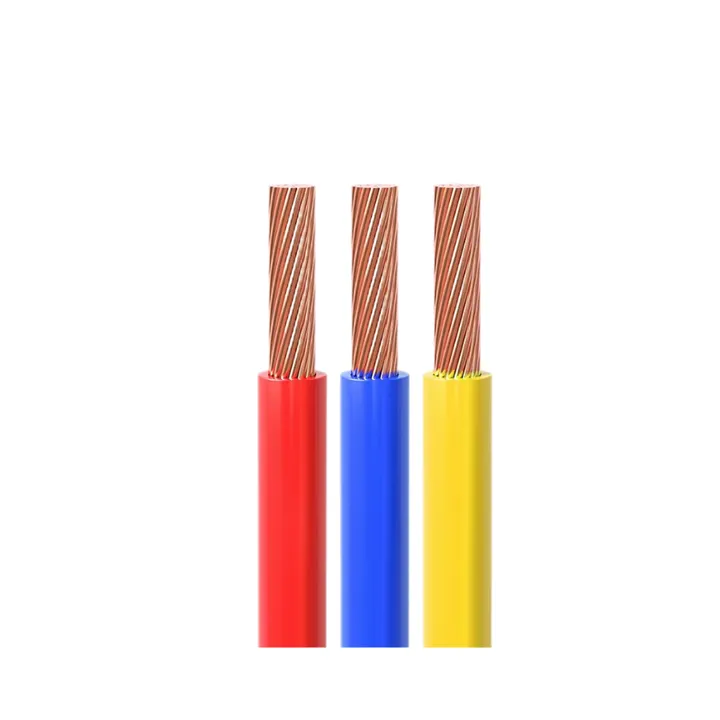
CE Certification 450/750v H07VVF Flexible Copper PVC Insulated Ac Cable 3*2.5 Mm
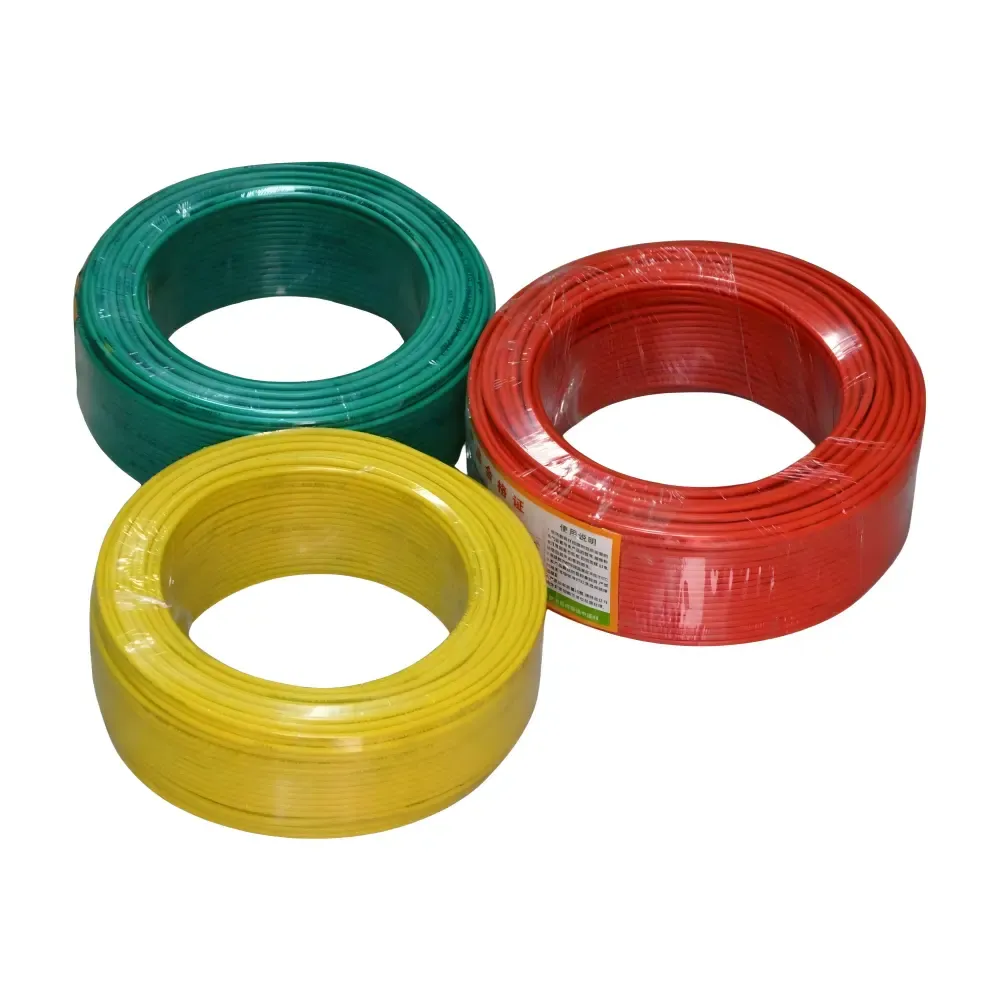
low voltage copper conductor PVC insulation underground BV BVR cable for industr
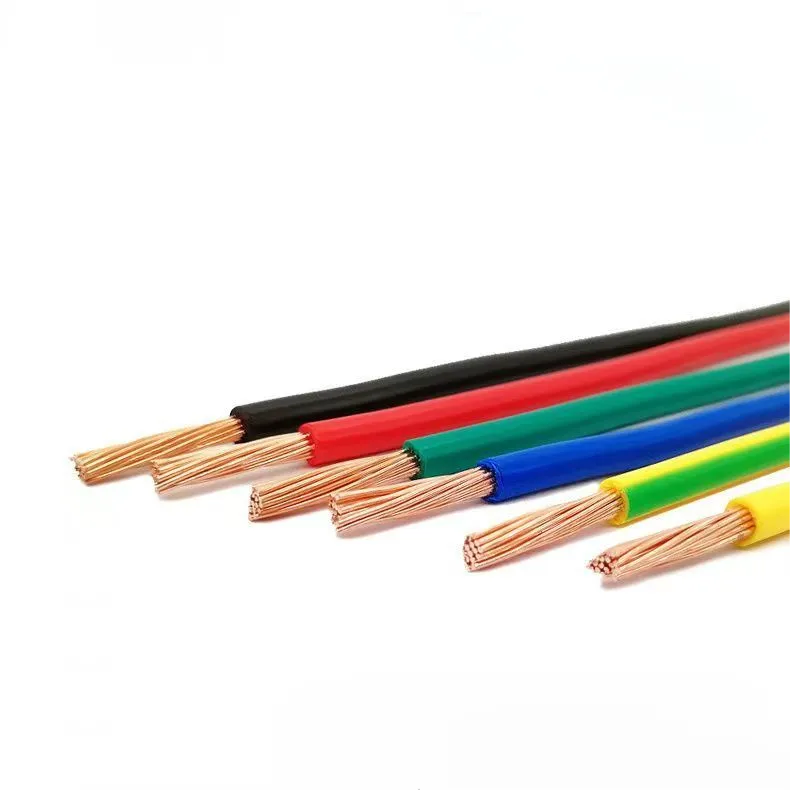
PVC electric wires are one of the most widely used electrical conductors in resi
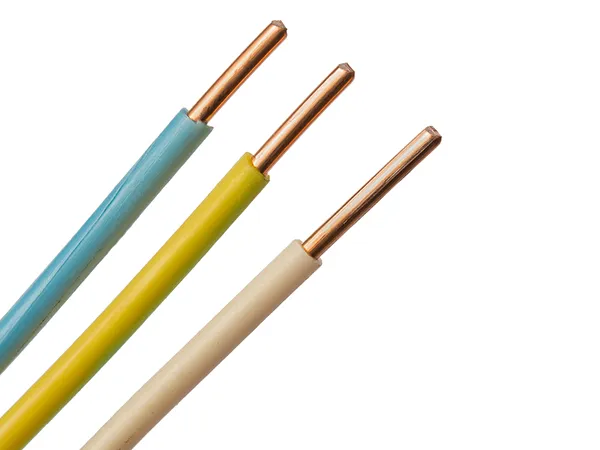
H07V-U wire is a flexible, low voltage electrical wire commonly used in industri